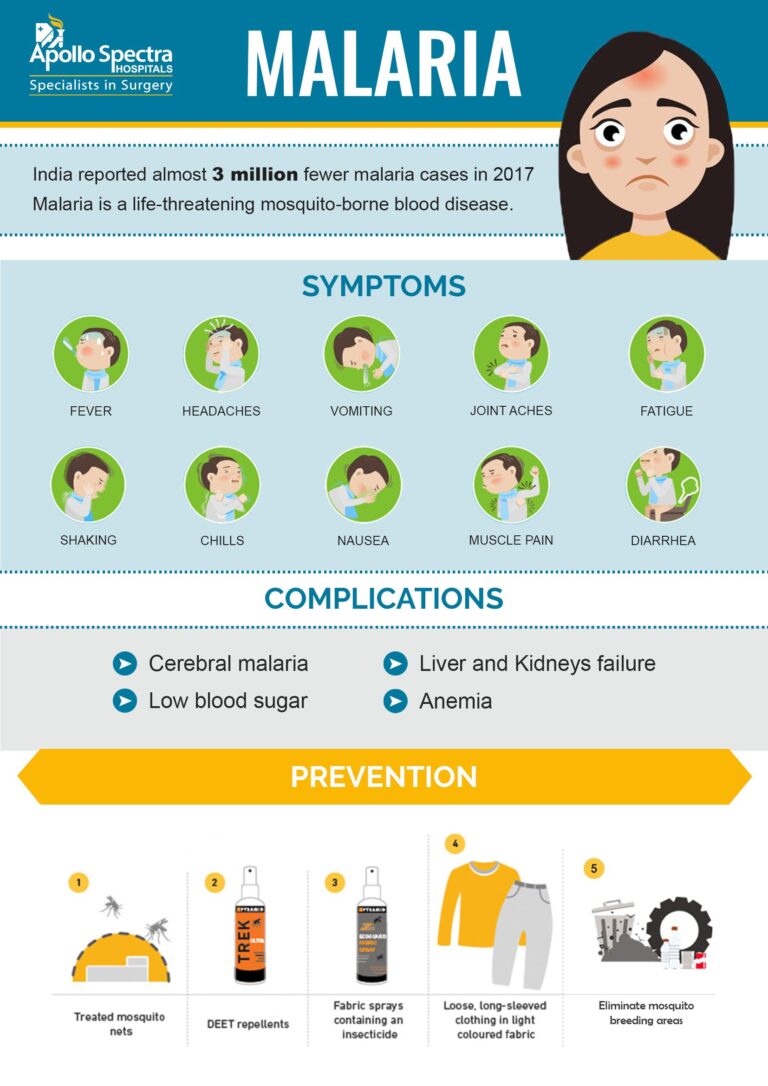Fight Against Malaria in Ethiopia
Malaria remains one of the most significant public health challenges in Ethiopia. With the disease causing numerous deaths annually, it is crucial to implement effective prevention strategies. This article explores the efforts being made to combat malaria in the country and the importance of international support in this fight.
Understanding Malaria’s Impact
In Ethiopia, malaria is transmitted by the Anopheles mosquito, primarily in rural areas. This mosquito-borne disease contributes to high morbidity and mortality rates, particularly in children and pregnant women. Understanding its impact is vital for devising effective intervention strategies.
Prevention Measures
The Ethiopian government, along with various NGOs, has introduced several measures to prevent malaria transmission. These include the distribution of insecticide-treated mosquito nets (ITNs) and the implementation of indoor residual spraying (IRS). Such measures have shown promise in reducing malaria transmission rates across the nation.
Role of Education and Awareness
Education plays a vital role in combating malaria. Many communities are now informed about malaria prevention and treatment options, which have led to increased utilization of health services. Awareness campaigns are essential for ensuring that symptoms are recognized early and that treatment is sought promptly.
International Support and Funding
International organizations have been instrumental in the fight against malaria in Ethiopia. Donations and partnerships have facilitated the delivery of essential medications and preventive tools to those in need. For more on this critical issue and ongoing efforts, visit Borgen Project.
The Road Ahead
Despite the challenges, progress is being made in the fight against malaria in Ethiopia. Continuous support, research, and community involvement are necessary for sustaining these efforts. As the country advances, it remains crucial to remain vigilant and proactive in the battle against this preventable disease.

